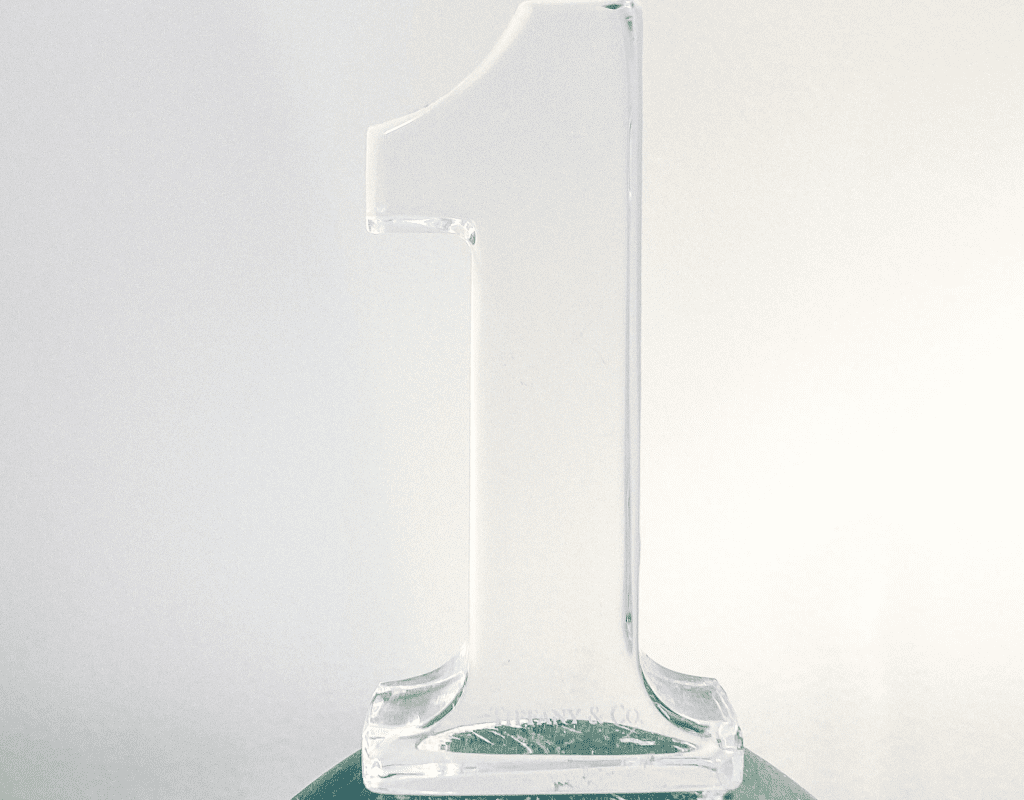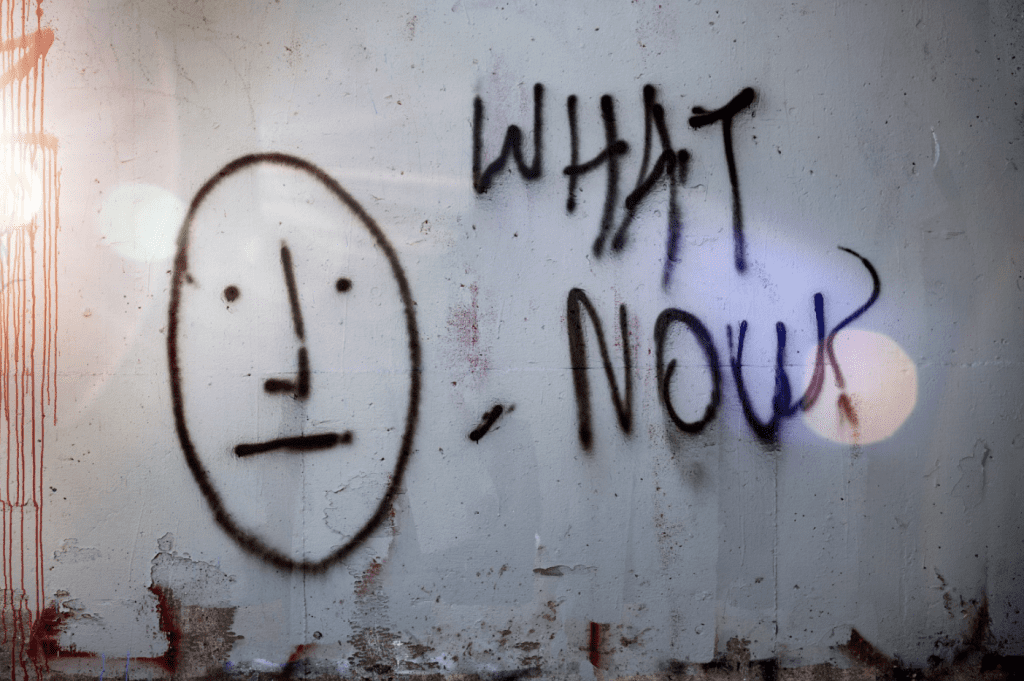When new leads sign up for your email list, what is the first communication they receive from you?
If you want to reduce unsubscribes and set the stage for a robust open rate, you’ll need a high-quality welcome email series to keep your list warm and engaged. In email marketing, the welcome series (also called a welcome funnel) is an automated progression of emails that introduce you and your brand to the reader.
How Many Emails Should Be In Your Welcome Series?
The purpose of this group of emails is to guide new subscribers into your regularly scheduled content instead of simply tossing them into the deep end. While there is no hard and fast rule about exactly how long a welcome series should be, most are between three and seven emails long. In general, five is a good rule of thumb.
Since your subscribers are the most engaged when they first sign up for a list, the welcome emails should be the best content you send.
When you set up your automation, you’ll need to decide when to send each email. You don’t want to bombard the subscriber, but you also want to regularly keep your name appearing in their inbox, so they get used to it.
A good schedule is to send your five emails on consecutive days, but with one break in the middle. This could mean your schedule would look like this:
- Day 1 – Email 1
- Day 2 – Email 2
- Day 3 – Email 3
- Day 4 – Break
- Day 5 – Email 4
- Day 6 – Email 5
or like this:
- Day 1 – Email 1
- Day 2 – Email 2
- Day 3 – Break
- Day 4 – Email 3
- Day 5 – Email 4
- Day 6 – Email 5
Can’t I Just Use a Single Welcome Email?

You could. But as you’ll see below, we have a lot of ground to cover. If you try to cram it all into one email, your readers will never make it to the call to action at the end.
One study showed that 41% of brands didn’t send a single message to new subscribers within 48 hours after they signed up. So a single email will still put you ahead of the curve.
But to make the most of this time when your audience has its highest engagement rate, a series is a must.
How to Set Up Your Email Automation
Every email service provider has a way to create an automated welcome series. The exact steps will depend on your service, like Mailchimp, Klaviyo, Constant Contact, or ConvertKit.
Once you choose your email marketing platform, you can create an automation workflow that will begin when someone signs up. It will then continue to send the emails on your pre-set schedule.
So you know how many, and you know when. But what do you write?
How to Write Your Email Welcome Series
There’s more than one way to write a welcome series. But there are some best practices that we can apply throughout your marketing emails. First, we start with your goals.
What are you hoping to accomplish with this series? In the fifth email, we’re going to ask your subscribers to take action. What do you want them to do? Schedule a call with you? Purchase a product or service?
As you work your way through the email sequence, keep this goal in mind. Everything we discuss throughout the series will be leading toward the call to action (CTA) in Email #5.
Email #1
The first email in this sequence will have the highest open rate by far of any email you send. On average, the open rate for the very first email is around 50% — double or even triple the average open rate. With that in mind, it can be tempting to use that first email to drive sales.
This would be a mistake.
At this point, the subscribers to your email list don’t know you. A sales email is just going to look like a cash grab. Resist the temptation.
So what should you include?

Start by delivering what you promised. Hopefully, you have a lead magnet set up to help you capture email addresses and build your list. So the first thing we need to do is deliver the goods! This could be a discount code, an ebook, a checklist, or whatever you offered to entice subscriptions.
The next element of your first email should be to tell them a bit about yourself. Include some credentials. Not a resume, but maybe a few wins you’ve had for your clients or one or two media mentions. Build a little authority, but don’t go overboard with self-promotion.
Next, you’ll want to share what the subscriber can expect from your email marketing. Start with approximately how often they will hear from you and some ideas of the types of content you’ll send. You can also include a few links to some of your best existing content. Drive a little traffic to your website — remember, the open rate will be great on this email!
Then, we want to ask them to do two things.
1. Add you to their address book (aka “whitelist” you) so your emails never get caught in the dreaded spam filter; and
2. Answer a question.
Asking a question gives the subscriber their first chance to interact with you and learn more about your audience. A few question ideas:
- What are you struggling with?
- What is your biggest stressor in business?
- What’s one thing you’ve never understood but been too afraid to ask?
- What’s one important lesson you’ve learned this year?
These questions will give you valuable insights into your audience, like what they want to learn from you and how advanced their businesses are.
Email #2
In this email, we’re going to show the reader that we understand their problems. An excellent way to do this is to share your most frequently asked question. It’s a safe bet that if you get the same question over and over, your email subscribers want to know the same thing.
But… don’t answer it. Tell them that the answer will come in the next email.
This serves two functions. First, it tells the reader that there IS an answer. And second, it builds some anticipation around the next email to arrive.
When considering your question, keep that CTA in mind! The question should have something to do with the action at the end.
This is also a good time to ask your readers to follow you on one or two social media channels for further opportunities to connect.
Email #3

Time to answer that question! But we want to do it empathetically. An excellent way to approach this is to tell the story of how you learned the answer to that question.
If it were as simple as looking it up online, everyone would do it, right? These are the hard questions, and we want to acknowledge that. If it took years of hard, focused work to come to the solution, tell them.
We want to tell the reader that it’s not their fault that they don’t have the answer, but we can help!
Drive the point home with a little social proof. A testimonial that speaks to your expertise on the subject will help quash any anxiety about your authority.
Email #4
As your penultimate email, this is where we want to give a quick win. Provide real, actionable value to the reader so that even if they don’t buy, they found a tangible benefit from staying with you for this long.
This could be a tip, hack, how-to, or resource that gets them one step closer to solving their big problem — the problem that your offer can solve. You’re not asking them to buy yet, but building awareness about what’s to come.
Take the opportunity to share another link to an existing piece of content, like a blog post or another freebie.
Email #5
Homestretch! This is where we ask the reader to take the next step. It’s the only sales email in the bunch.
After all of our previous work where we exhibited your brand authority and showed that you understand the reader’s problem, this is where we seal the deal. Share your service or product’s benefits, testimonials from happy customers, and include the call to action.
What’s Next?

With the email welcome series complete, what happens next?
Now, your subscribers are funneled into your regular email list. You may wish to segment your list into buyers and non-buyers, so you can send targeted messages based on past behavior.
And when you’re ready to launch a new product, you can use the same basic framework! This pattern of four “value” emails to one “sales” email is an effective schedule for future launches.
One final word — don’t “set it and forget it!” Track the sequence to see what’s working and what isn’t. Getting a spike in unsubscribes on day 3? Time to tweak that email. Good open rate but low conversion rate? Your sales email needs some work.
Your email welcome sequence is a great tool to boost sales and improve your list’s quality, so give it the attention it deserves.





